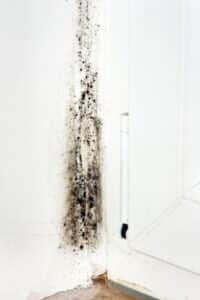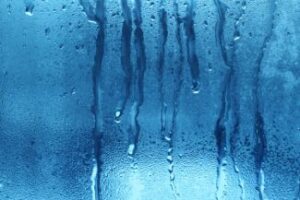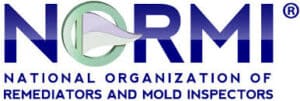Causes of Home Moisture & Condensation Problems
Moisture problems have a variety of causes and can result in major damage to your home. It is a good idea to inspect your house regularly for any damage caused by moisture, while also keeping an eye out for warning signs of potential trouble ahead. If you notice any problems, take immediate action to fix them before they cause further damage or balloon into larger, more complicated issues.

Uncontrolled humidity can actually make your home more expensive to heat and cool, because when insulation gets damp enough, it loses its R value and its ability to insulate. This is a common problem in basements, crawl spaces, and attics.
MoldDamp conditions in these areas also promote mold growth, which can have many nasty effects. It can actually damage the structure of your home by weakening building materials, as well as cause health problems. Additionally, damage from mold is often not covered by homeowner’s insurance, making prevention all the more important.

If you can see evidence of mold in your home’s living areas, then there is a good chance it has already affected structural components of your house. Investigate the extent of your mold problem as soon as possible. In fact, even if you do not see evidence of mold, if your home has high moisture or humidity levels, then it is a good idea to have a professional mold inspector assess whether you have an existing mold problem.
Damp conditions in houses are often caused by insufficient ventilation or water leaks that have not been completely cleaned up. Anytime you notice a leaky pipe or dripping faucet in your home, investigate and fix it immediately! Additionally, rain can leak into houses as the result of worn siding, flashing, or weather-stripping material. Check these materials to make sure they are watertight. Finally, protect vulnerable areas in your home by using water leak detectors to alert you to plumbing leaks, and install either a water powered backup sump pump or battery backup sump pump in your basement to prevent flooding during power outages or heavy storms.
Condensation
Condensation is another common cause of excess moisture. So, what causes condensation? In general, warmer air can hold more moisture than colder air. So, when warm air cools, the moisture in it has to go somewhere. This creates condensation – moisture is deposited on the first cold surface that the air contacts. Condensation problems can occur in the winter as well as the summer, and could have several causes. A high air humidity level could be the culprit. Keep an eye on your windows. Do you see moisture on the inside of the panes? If so, then the humidity level inside your house is too high. Take steps to reduce it.

Trapped hot air inside the home also tends to cause condensation. This could even result from a house being extremely well-insulated and properly sealed from cold air. If pockets of hot air get trapped in the house and come in contact with cold surfaces, condensation takes place. These cold surfaces could be things like exterior walls, windows, pipes, or a toilet. To guard against this, make sure your ventilation system is functioning well, and install kitchen and bathroom exhaust fans if you do not already have them.
Fix and prevent moisture problems
It is important to continuously monitor your home for signs of moisture damage. Be sure to fix problems quickly, before they develop into larger, more complex issues. Preventative steps you can take include monitoring the humidity in your home or business to prevent mold.
Source: Water Damage Defense; free to use as per Creative Commons.
Please contact Aspen Environmental Services for mold testing and removal at (978) 681-5023. Or email [email protected].
Aspen professionals are licensed and insured and members of the National Organization of Remediators and Mold Inspectors (NORMI) and the National Air Duct Cleaners Association (NADCA).



